When OpenAI announced Atlas, its new ChatGPT-powered browser, it didn’t just launch another product. It opened a door, one that leads into the next era of human-computer interaction, and, inevitably, into a new frontier for advertising.
We are entering what I call an AI-controlled Ads. It sounds unsettling, and perhaps it is, in parts, but it’s also the most profound opportunity our industry has ever seen. For decades, marketers have tried to anticipate intent, to make advertising feel relevant, timely, even helpful. What happens when intelligence itself becomes the interface? When the system doesn’t just deliver ads, but understands the emotional, contextual, and behavioral fabric of the person behind the screen?
From Communication to Cognition
To understand how big this shift is, picture the history of advertising as an evolving landscape. It began with ink and classifieds: one message, one font, for everyone. Then came radio, adding warmth and personality. Television layered in emotion, color, and sound. Cable fractured audiences into demographic slices, and the internet shattered everything again, rebuilding it with clicks, cookies, and search queries. Social media, in turn, dissolved those boundaries altogether, turning every feed into a bespoke reflection of the self, curated by invisible algorithms.
For years, we believed this was the summit, the pinnacle of personalization. But Atlas and the new generation of AI interfaces reveal that we’re stepping into something entirely different, a kind of low-gravity leap into a space where advertising isn’t shown to people, but evolves with them.
The Emergence of the Conversational Data Age
Consider what’s happening already. We paste our business plans into ChatGPT and ask for feedback. We feed it customer transcripts to analyze churn. We upload contracts, recipes, even our mood and schedules through connected apps. Every one of these interactions isn’t a trace of data; it’s a complete psychological blueprint: intent, emotion, hesitation, and hope, expressed in our own words. Unlike social feeds, which capture curated versions of who we are, these systems perceive the unfiltered self, what we truly mean, not just what we choose to click.
When the Medium Starts to Think
That is why I believe we’re on the verge of an entirely new data paradigm. These AI assistants don’t simply store information in silos, they synthesize it. They connect the tone of our messages with our past decisions, our creative drafts with our browsing patterns, our voice with our heart rate. The boundary between the advertising environment and the human environment starts to dissolve.
From Targeting to Understanding
What does that mean for marketers? It means that relevance, as we’ve understood it, is no longer enough. We will move from targeting to understanding, from messaging to modeling intent in real time. The ad of the future might not be an image, a headline, or a video. It might be a conversational prompt, an AI-generated suggestion, or even an invisible recalibration of someone’s digital ecosystem.
In this world, creativity becomes contextual, privacy becomes currency, and the brand’s ethical stance will matter as much as its media spend. Because when marketing reaches this level of intimacy, when AI knows not only what we want but why trust becomes the ultimate differentiator.
I don’t see this future as purely dystopian. It’s certainly complex and requires vigilance, but it’s also a chance to return advertising to its original purpose: to understand people. Not segments, not cohorts, people. The difference is that now, the medium itself understands us back.
The launch of Atlas is not just a browser update; it’s a signal. The interface of the future is not a page, but a relationship. The marketer’s role will be to guide, to interpret, and to ensure that the algorithms shaping our attention do so with empathy, transparency, and human insight.
Welcome to the age of AI-mediated advertising, where relevance gives way to resonance, and where intelligence becomes the message itself.

 BLOG
BLOG






